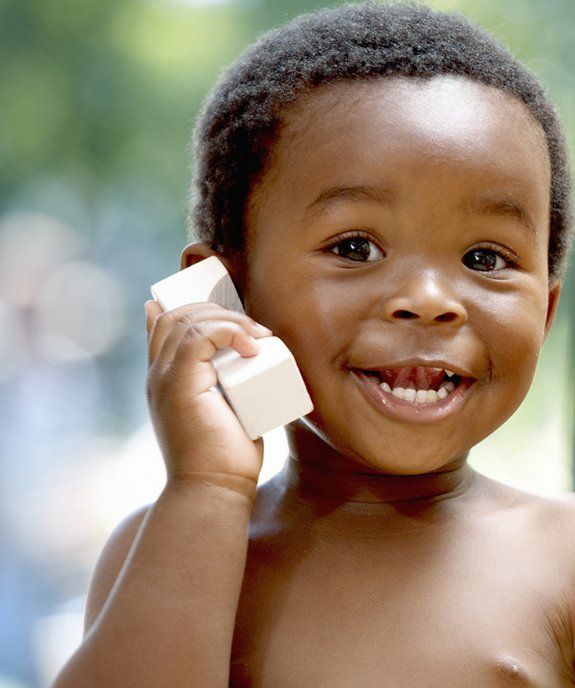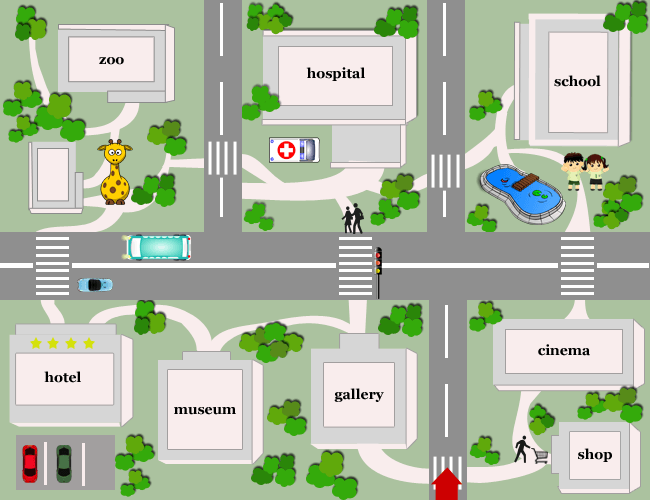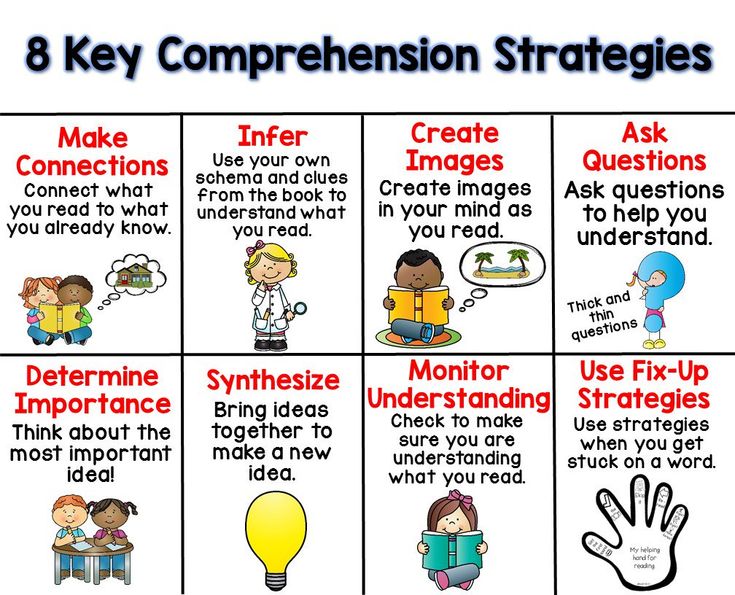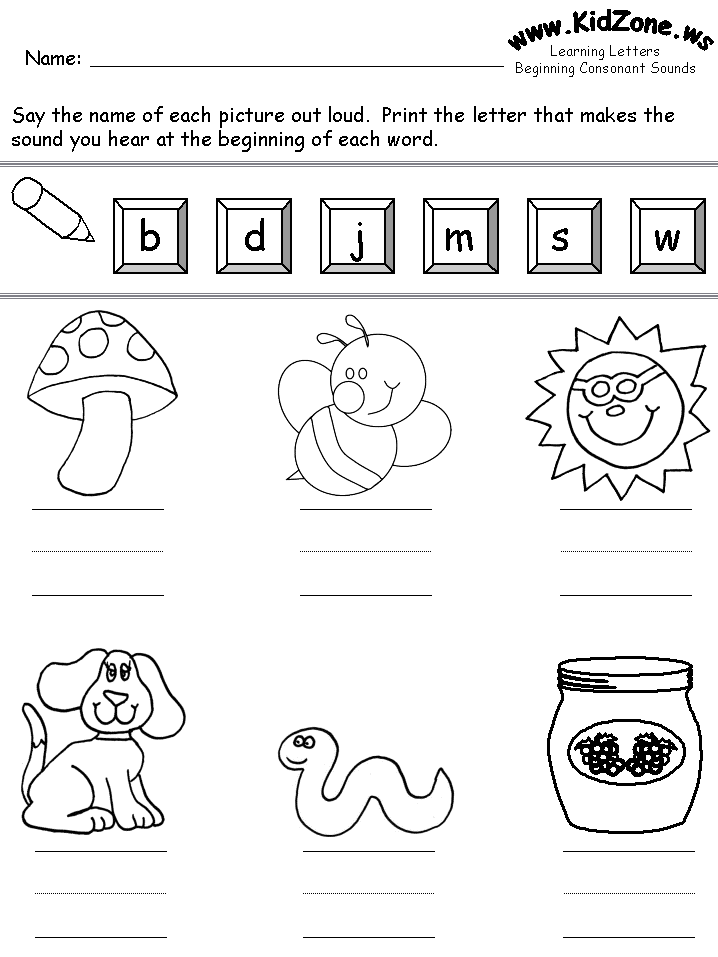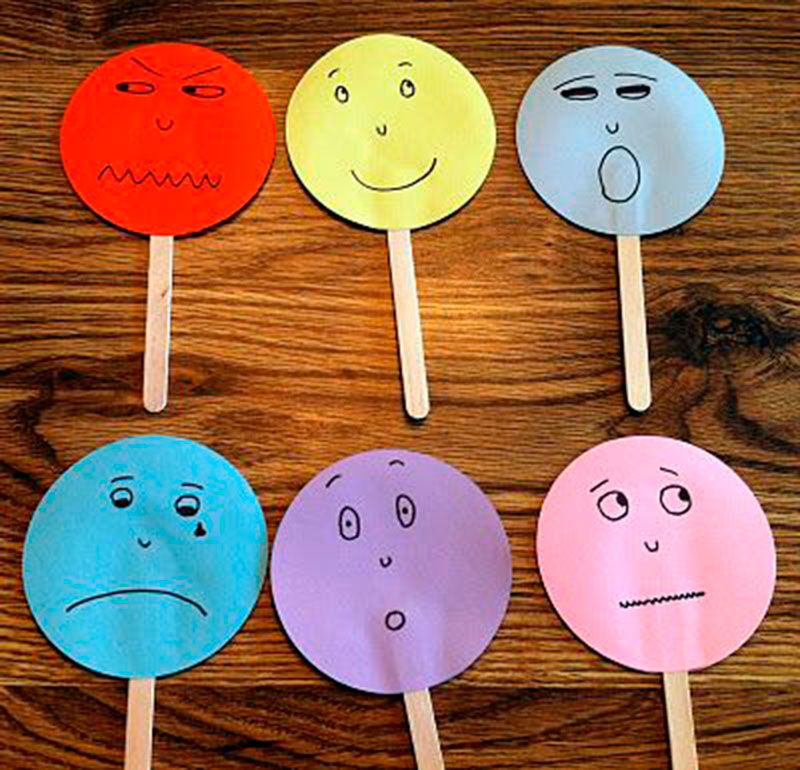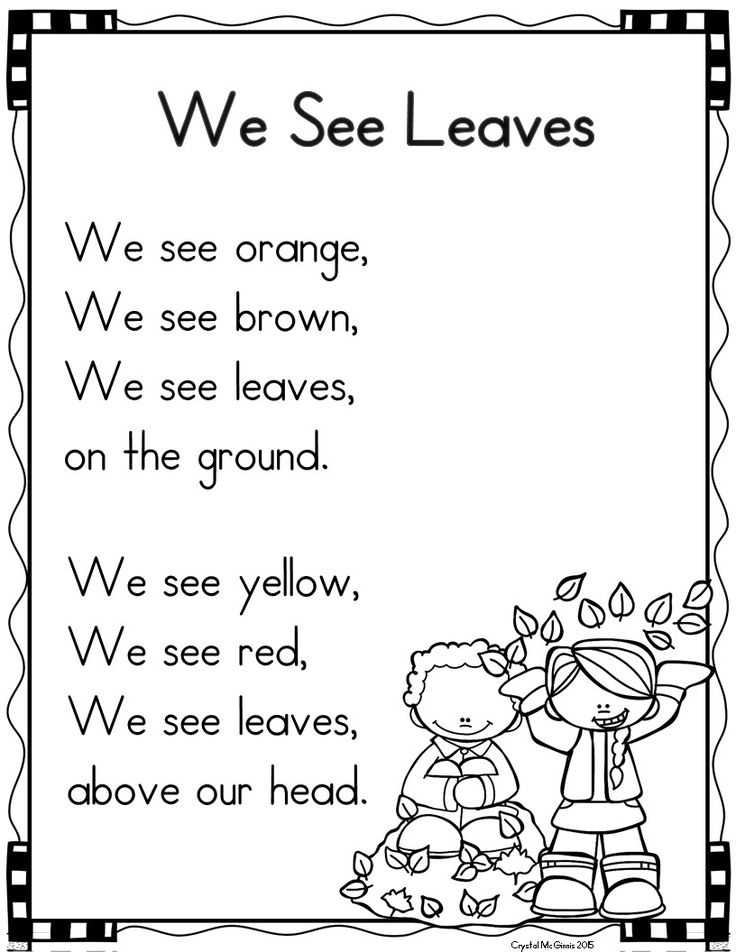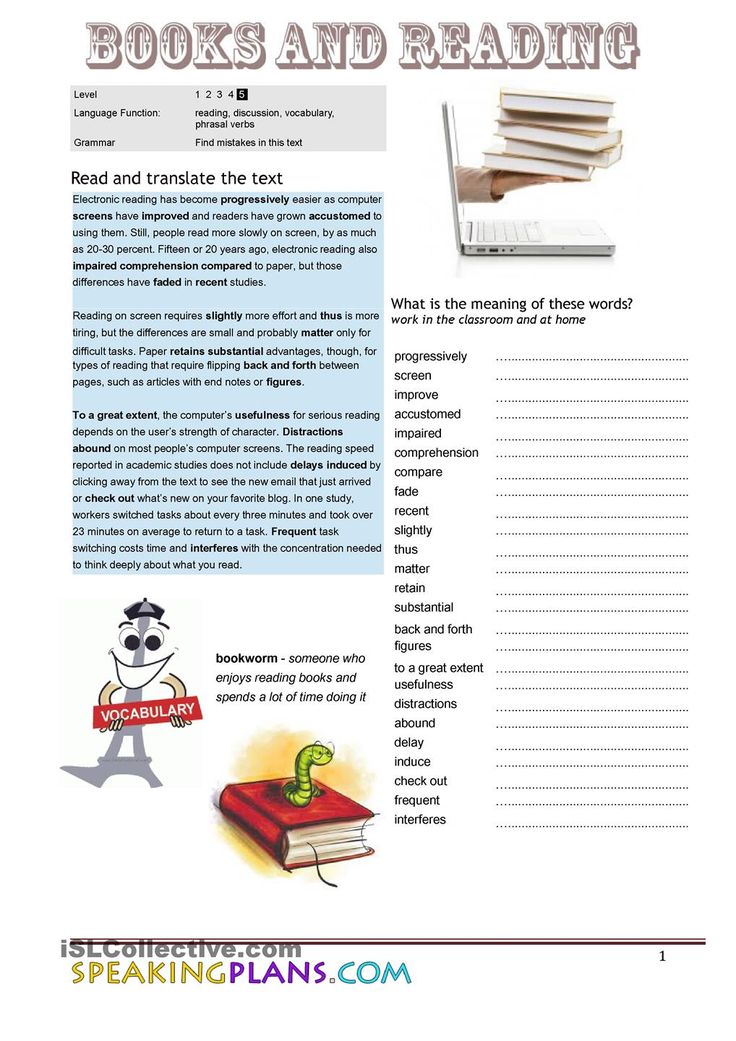Short vowels for kindergarten
How To Help Your Child Learn Long And Short Vowel Sounds
It’s not uncommon for children to struggle with vowels. Most kids actually pick up consonant pronunciations much more quickly. Why is that?
One of the challenges with vowel sounds is that they can’t exactly be “felt” in the mouth. With consonants, kids can feel the friction created while using their tongue, lips, or teeth to produce the sounds. To produce a vowel sound, you only need to adjust the shape of your mouth.
Then there’s the challenge of distinguishing between long and short vowels or two similar vowel sounds. In a nutshell, learning vowels can be a monster!
But have no fear; we’re here to help! We’ve compiled a step-by-step guide you can use to help your child finally connect the dots with both short and long vowel sounds.
When Is Your Child Ready To Learn Vowels?
It’s challenging to teach your child vowel sounds if they cannot hear them. This is why one of the most important signs showing that a child is ready to learn vowel sounds is when they can hear the vowel sounds in simple words.
For instance, let’s say your child tries to spell a simple CVC (consonant, vowel, consonant) word like “cat.”
Even if they may misspell the word by writing “cet” instead of “cat,” this is still a beautiful moment, so celebrate it to the fullest because it indicates that your child can hear that there’s a letter between the C and the N.
If you feel that your young learner is developmentally ready to start learning more about vowels, how can you help? Let’s take a look.
Tips For Teaching Short Vowel Sounds
Since short vowels have more consistent spelling, this is a great place to start when teaching your young learner.
1) Begin With The Names Of The Vowels
Teaching your child A, E, I, O, U is the first step in helping to familiarize them with vowels. We recommend taking these one vowel at a time to avoid overwhelming your young learner.
The good news is that there are various tactics you can use to help your child remember their vowels.
Besides sounding them out, you can also help your child create three-dimensional letters with something as easy and accessible as PlayDoh. To help emphasize the differences between the letters, use a different color for each vowel.
As your child feels and creates vowels, more of their senses will be engaged, and this will help them get familiar and comfortable with the five vowels and their sounds.
2) Differentiate Between The Vowels
This point on our list is connected to the previous one. Still, it deserves its own emphasis because it can be easy for children to struggle with differentiating between the vowels.
The example we used earlier of a child spelling “cet” instead of “cat” is pretty common, especially when you consider how similar the sounds are to each other. This is why it’s important to make the letters distinct.
To add some fun into your child’s learning, you might consider using stick puppets made with the five vowels. Simply attach a printout of each letter onto a popsicle stick, and then let your imagination run wild!
A can go to the store with E; I can head out to the beach with O; and so on. While acting out your scene, remember to emphasize the difference between the letters and keep sounding the vowels out clearly.
While acting out your scene, remember to emphasize the difference between the letters and keep sounding the vowels out clearly.
3) Introduce Word Families For Simple CVC Words
Word families can be described as a group of words that have a common pattern or features. Helping children learn these allows them to spell and sound out related words.
For example, a child who learns the word family -at, will have an easier time spelling cat, mat, hat, etc.
Remember to take it one word family at a time. This will help prevent your child from feeling overwhelmed with all the new information.
Here are some activities we recommend for working on word families:
- Say a word like “hat” and ask if it has the /a/ sound or the /i/ sound. Focus on sounding the letters out, not writing them, so your child can hear the differences better.
- Say two words and ask which has /o/ as the middle sound.
- Make a Tic-Tac-Toe board and put a vowel in each cell.
 Before placing their mark in a cell, your child will need to identify the vowel with its short sound.
Before placing their mark in a cell, your child will need to identify the vowel with its short sound. - Sound out CVC words by emphasizing the phonemes. For example, say /t/…/a/…/p/… and then blend together into tap.
- Place a t and a p with a space in-between. Ask your child to fill in the missing letter that will help form “top.”
- Switch the vowels. For this, you can play with magnetic letters. Ask your child to turn “tap” to “tip” and then to “top.”
Here are some great words with short vowel sounds to practice at home:
Short “A” Sound Examples:
- Cap
- Bat
- Bad
- Cat
- Dad
- Lap
- Tap
Short “E” Sound Examples:
- Bed
- Get
- Pen
- Bet
- Wet
- Fed
- Net
- Ten
Short “I” Sound Examples:
- Bin
- Sip
- Tip
- Zip
- Did
- Fit
- Nip
- Win
Short “O” Sound Examples:
- Rod
- Cod
- Jog
- Dot
- Fog
- Mop
- Pot
- Top
Short “U” Sound Examples:
- Bun
- Cut
- Pup
- Sun
- Sum
- Run
- Fun
- Hug
Tips For Teaching Long Vowel Sounds
1) Form Long Vowel Sounds
Although long vowel sounds are typically easier for kids to learn, we normally teach short vowels first. Why is that? It takes two vowels to make a long sound, and this can be tricky for kids to understand at first.
Why is that? It takes two vowels to make a long sound, and this can be tricky for kids to understand at first.
To get started with long vowel sounds, we begin teaching the silent e. It’s important for kids to understand that every vowel will change its sound when a silent e is put after the CVC form of a word.
For instance, if you put an e after the CVC word tap, the word changes to tape, and the vowel sound produced changes.
To help your child grasp this concept, begin with phonemic awareness. Ask them:
- Are tap and tape the same?
- Say the individual sounds slowly — t-a-p and t-ae-p.
- What changed?
You can also use magnetic letters to help illustrate the power of the silent e.
First, show your child the letter a. Make the short sound and then explain that you will give the power to its own name. Who can give the power? E! Tap the magnetic e on the magnetic a, adding it to the end of the word after, and — voila! — you now have a new word.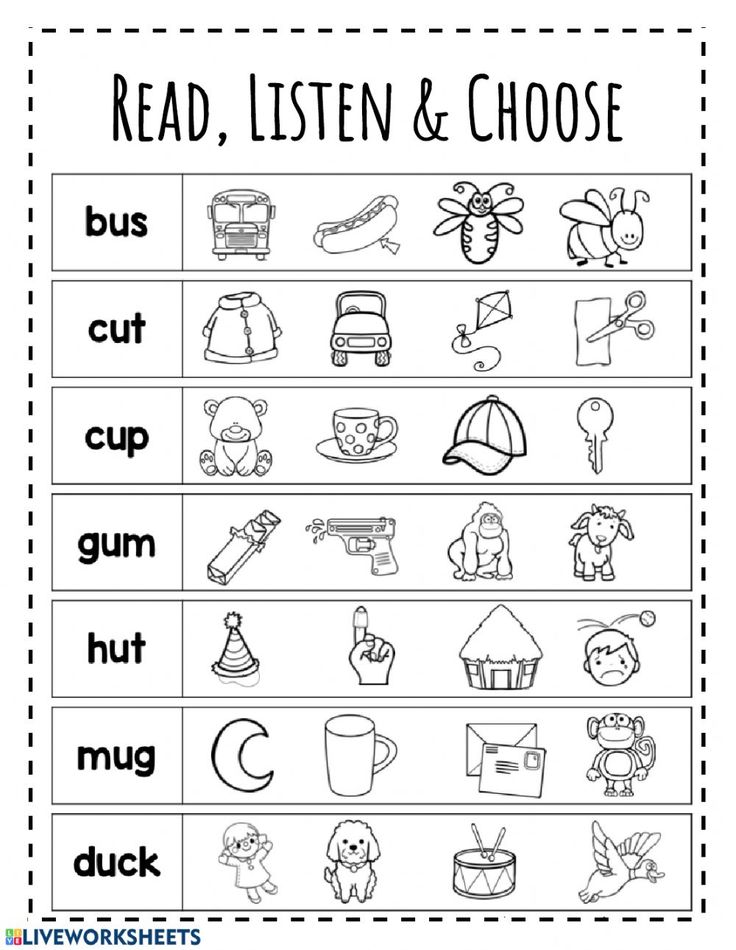
Using magnetic letters, you can then change tap to tape, bit to bite, dot to dote, and so on. While your child will hear that the sound changes, using magnetic letters will help them see what vowel contributes to the change in sound.
You can also use flip cards to demonstrate this concept. Fold the last eighth or so of an index card, and then write a CVC word, like tap, on the unfolded part and an e on the folded part. When you unfold the card, the word will change from tap to tape!
Note: The long o and u sounds can be a bit more complicated, so we recommend holding off on those until your child has gotten a good grasp on the others.
2) Correct The Spelling
To help your child gain a better understanding of long vowel sounds, why not play a game to help strengthen their knowledge?
To play this game, show your child the incorrect spelling of a CVC word and have them correct it. For example, using magnetic letters, spell out f-i-n-o but pronounce it as fine.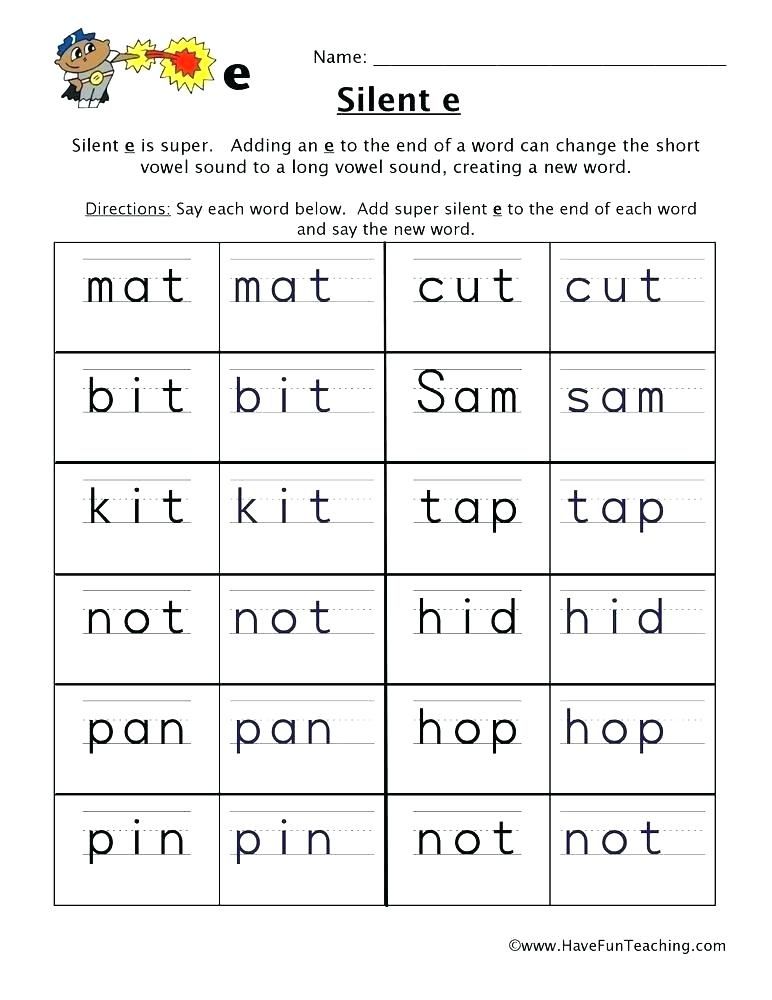 Now your child, who’s learned the power of the silent e, will be able to replace the o with an e.
Now your child, who’s learned the power of the silent e, will be able to replace the o with an e.
Here are some great words you can use for this activity:
Long “A” Sound Examples:
- Bake
- Lake
- Fame
- Date
- Fate
- Cake
- Make
Long “I” Sound Examples:
- Hide
- Fine
- Time
- Line
- Mine
- Pine
- Wife
- Ride
Long “O” Sound Examples:
- Joke
- Rose
- Woke
- Poke
Learning Vowels One Day At A Time
Learning vowels can be challenging for children. That’s why it’s important to take it one day at a time.
Help your child learn their basic vowels, start with the short CVC words, and then after some practice, help them nail the long vowel sounds, which are a little trickier.
Using the right strategy, you can give your young learner the confidence to face any unfamiliar word they may come across during reading activities.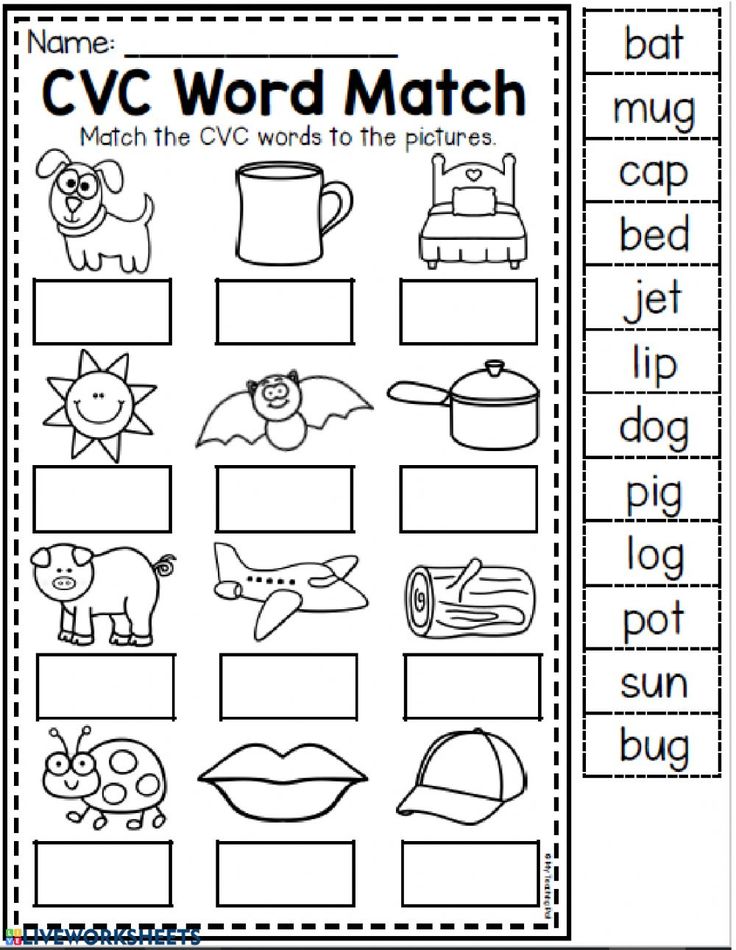
With the help of the HOMER Learn & Grow App, continue exposing your child to all sorts of stories and reading activities. This will not only help them with their vowels, but it will also set a solid foundation for their literacy journey!
Author
How do you Teach Short Vowel Sounds in Kindergarten and First Grade?
First of all, do you know how easy it is to hit the "b" when typing the word vowel?
Without editing, this whole post could have been about short bowels...Oh, my!
Let's face it! Short vowels are hard to teach and difficult to learn!
What's a teacher to do?? Well, I have some questions for you.
1) In what order do you teach the vowels?
2) How long to you spend on each vowel?
3) Do you teach vowels using word families?
4) Does that seem like a lot of questions?
I've been in education awhile, and it seems like every few years, we're told something different from the "experts" about teaching Phonics.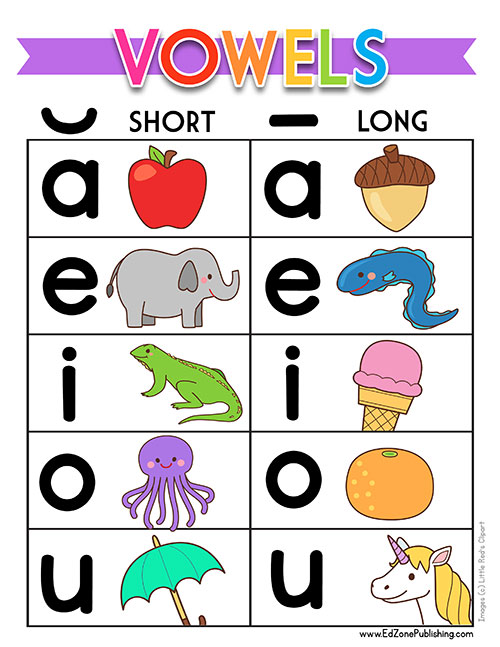 You're thinking, "But wait, I thought we were the experts!" Ahh!
You're thinking, "But wait, I thought we were the experts!" Ahh!
Thankfully, for first grade teachers, most students come to us knowing the sounds short vowels make. But the littles who don't-Whew! Seriously!
How do the PreK and Kindergarten teachers do it?? Insert pat on the back here.
So, how do I teach short vowels?
We spend about two weeks on each sound. I teach them in this order-a, i, o, u, e. I save "e" for last. It's so similar to "i" and let's face it, we don't really use that sound much in the South...
Image from Kinderglynn
See what I mean? In the South, that rhymes.
I introduce/review the sound on Monday during Morning Meeting. If there is literature available using that sound, I use it. For instance, Joy Cowley's Dan the Flying Man is great for introducing short "a". It's available in big book format and in 6-packs with CD! They can listen all week!
Image from The Wright Group
We use large letter cards to put short "a" chunks together.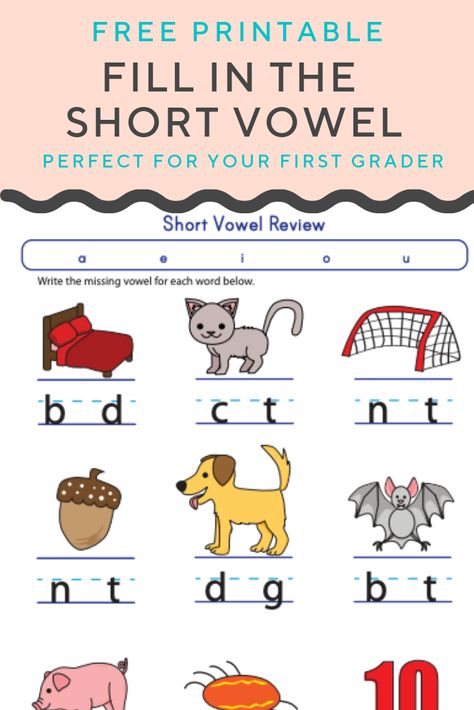 For instance, the letter cards "a" and "d" make -ad. We then add a beginning sound to that chunk (-ad becomes "mad"). We make as many chunks as can brainstorm.
For instance, the letter cards "a" and "d" make -ad. We then add a beginning sound to that chunk (-ad becomes "mad"). We make as many chunks as can brainstorm.
We do these types of activities every morning for the two week period we cover the vowel. During the first week, I post my Read the Room cards (see below), however, the kiddos don't complete this activity until the second week. I like having the cards up for them to read that first week.
From the beginning of the year, I teach my students to use Elkonin Boxes. See this post for directions on these very powerful tools for segmenting sounds. I use sound boxes EVERY DAY in small groups, and once kiddos feel comfortable, they use them independently in word work stations. They also complete short vowel booklets which reinforce the use of sound boxes and using words in contextual sentences.
This one was letting her peace tattoo "set!" Ha!
During the two week period, we complete A LOT of short "a" activities.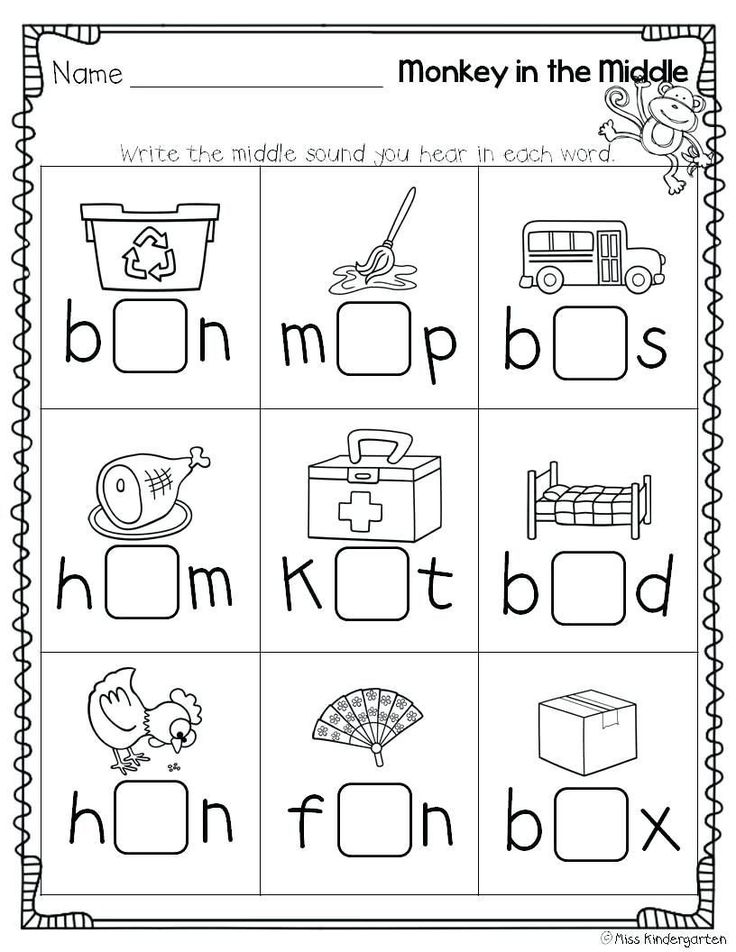 I want these pumpkins to habituate that sound and be able to make and break words easily. This is truly the first step in seeing how words work.
I want these pumpkins to habituate that sound and be able to make and break words easily. This is truly the first step in seeing how words work.
Here are a few more items I created and will use with my kiddos.
I created a Read and Write the Room for each short vowel (CVC pattern). All packets contain 24 cards and a choice of recording sheets.
I will keep these word cards posted on the wall for the entire two weeks we cover that vowel. You can read more about Read and Write the Room here.
I also created "I Have, Who Has" games for each short vowel. The cards and words match my Read and Write the Room packs.
We will play these games once a day during the two week period. We'll time ourselves and try to beat each day's time. The kids love this!
We also spend quite a bit of time reviewing sounds throughout the year. Here's an example of a Monday Phonics chart.
AND-I like to throw in a few sneaky reviews-where the kiddos don't realize they're reviewing. My kiddos love puzzles, and Lakeshore Learning has such great quality!
My kiddos love puzzles, and Lakeshore Learning has such great quality!
They offer a 4-letter version of this puzzle, too.
The vowel practice never stops! Ha!
So, how do you teach short vowels?
Happy weekend, y'all!
MBDOU "Kindergarten No. 63". Recommendations for parents “Teaching children sound-letter word analysis”
Recommendations for parents
“Teaching children sound-letter word analysis”
A few decades ago, children who did not know how to read and write. The modern rhythm of life requires a thorough preparation of the child for school, so that his intellectual development during the school years is more successful.
In the preschool years, the child undergoes intensive mental development: he masters speech, gets acquainted with the richness of the sound, lexical and grammatical composition of the language.
Sound-letter word analysis, an integral part of literacy education.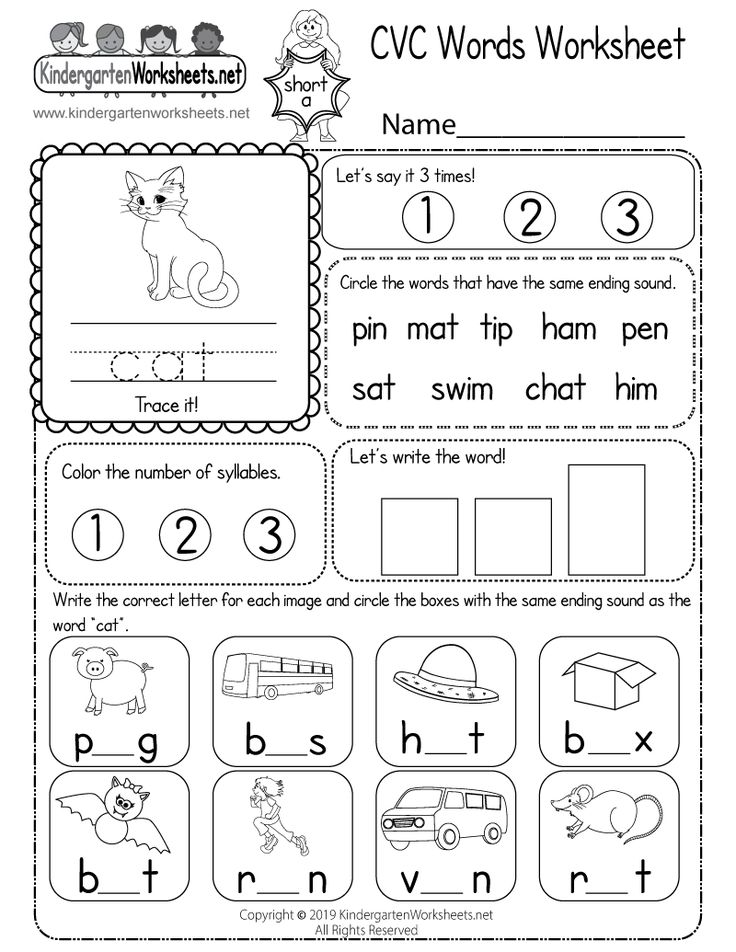
This skill begins to form in kindergarten in the senior group and continues throughout the entire period of study.
Sound-literal analysis of the word is the basis of both reading and writing. However, very often such an analysis of the word causes difficulties not only for children, but also for parents. Therefore, let's try to determine what this operation includes, and how to help the child master it better
Our goal is to acquaint a preschooler with a word - its semantic (a word denotes a certain object, phenomenon, action, quality) and phonetic or sound side (the word sounds, consists of sounds following in a certain sequence, has syllables, one of which is stressed, etc. . P.).
Children with problems in speech development, who have impaired pronunciation of phonemes and their perception, especially experience difficulties in sound analysis and synthesis. They can be expressed in varying degrees: from mixing the order of individual sounds to a complete inability to determine the number, sequence or position of sounds in a word.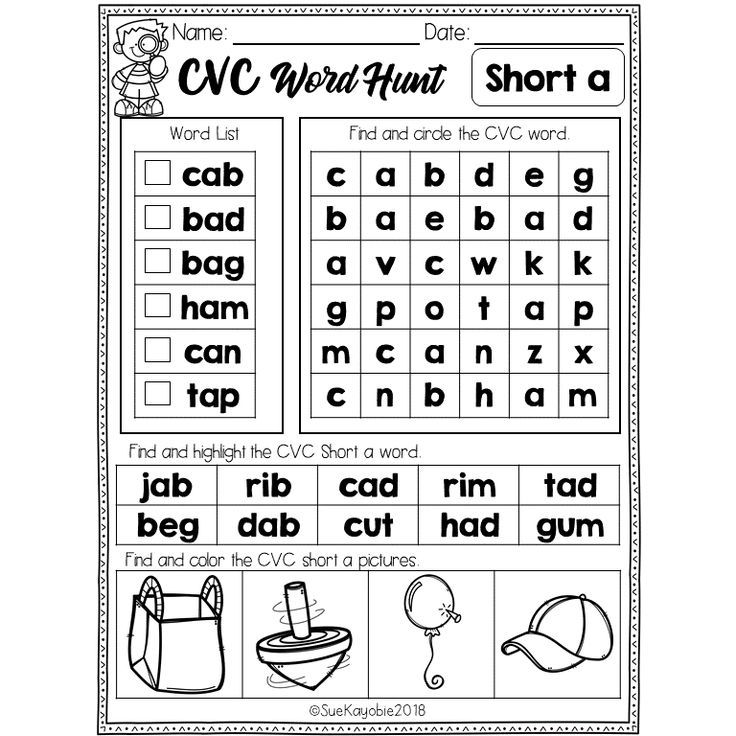
Teaching children literacy in kindergarten is carried out using the analytical-synthetic method. This means that children are first introduced to the sounds of their native language, and then to the letters.
Learning the sound analysis of a word is the main task of the stage of preparation for learning to read and write and involves: determining the number of sounds in a word, the phonetic characteristics of sounds (the ability to differentiate vowels and consonants, voiced and deaf, hard and soft, determining the place of a sound in a word.
Dear parents, remember :
There are concepts of "letter" and "sound".
Sound - we hear and pronounce.
We see, write and read letters.
Sounds can be vowels and consonants.
Vowel sounds can be sung with the voice, while the air coming out of the mouth is not obstructed.
Consonant sounds - sounds that cannot be sung, because the air coming out of the mouth when they are pronounced meets an obstacle.
Six vowels: A U O I E S
Ten vowels : A U O I E S - correspond to the sounds and four iotated, which denote two sounds: Ya-ya, Yu-yu, E-ye, Yo-yo.
Vowels are marked in red on the diagram.
Consonant sounds are deaf and voiced. A dull sound is formed without the participation of vocal folds, we explain to children that when we pronounce
a dull sound, the voice sleeps, and when pronouncing sonorous sounds, the voice rings (Put your hand on the neck or cover your ears with your hands) .
In the diagram, voiced sounds are indicated by a bell.
Voiced sounds: B, C, D, D, F, Z, Y, L, M, N, R. Ш,
Consonant sounds are soft and hard.
Always hard hard consonants : Zh, Sh, C.
Always soft consonants : Y, Ch, Shch.
Preparation for word analysis has four steps:
- At the first stage of learning, children learn to distinguish the initial vowel from the composition of words: u-duck .
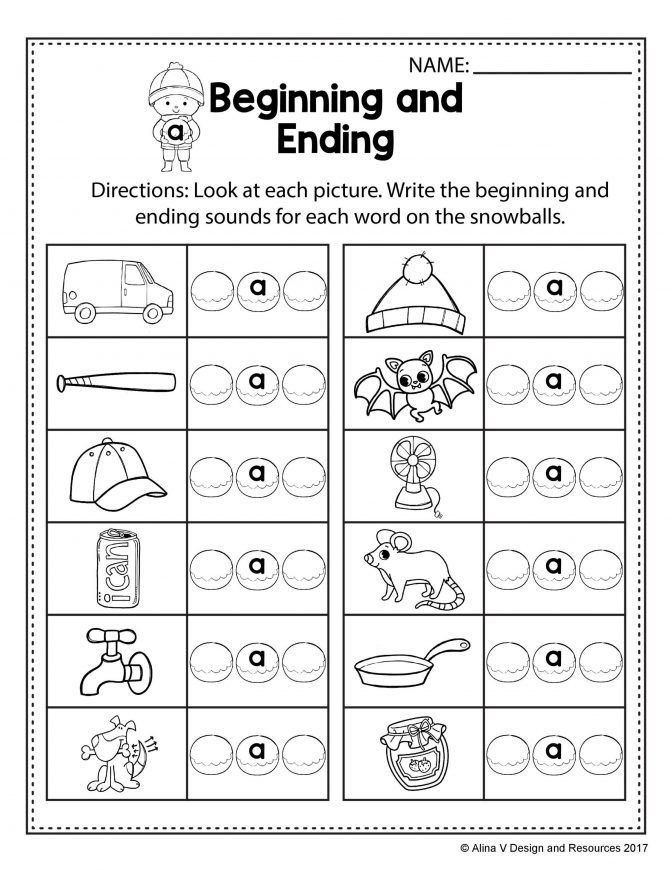 Using the material of vowel sounds, children are given the first idea that sounds can be arranged in a certain sequence - an analysis of a series consisting of two or three vowels (aiy ).
Using the material of vowel sounds, children are given the first idea that sounds can be arranged in a certain sequence - an analysis of a series consisting of two or three vowels (aiy ). - The second most difficult stage of preparation is the analysis and synthesis of reverse syllables of the type an, ut, ok. At the same time, children learn to isolate the last consonant from the end of the word (cat, poppy).
- The third stage of preparation for the analysis of the word is the selection of stressed vowels from the position after the consonants (house, tank).
- After these exercises, children easily master the fourth stage of preparation - the analysis and synthesis of a direct syllable like ca, and then the ability to isolate the first consonant from words.
Only after mastering the 4 steps of the preparatory period, the speech child becomes ready for complete sound analysis and synthesis from
Sound analysis of words (method of action - algorithm)
1.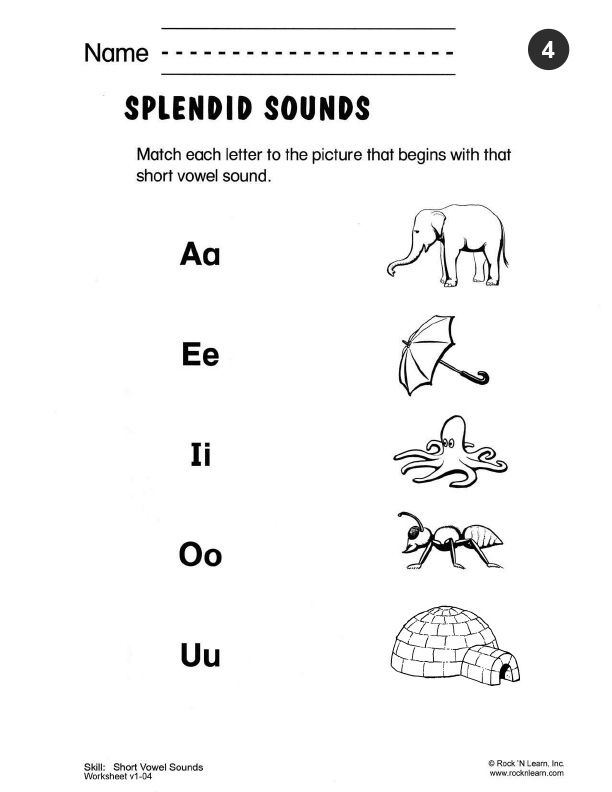 Say the word and listen to yourself.
Say the word and listen to yourself.
2. Select the first sound, determine whether it is a vowel or a consonant, mark it with a symbol. If the sound is a consonant, give it a description: voiced - deaf, hard - soft.
3. Select the second sound ... (step 3, and so on with each sound of the word).
4. Lay out the scheme (sound model) of the word on the table or draw it in a notebook.
Game "How many sounds are hidden in the word?"
Lay out the scheme of the word CAT.
- How many sounds are there in the word CAT? (There are three sounds in the word CAT)
- What is the first sound in the word CAT? (first sound [K])
- What sound [K]? (sound [K] consonant, deaf, hard) .
- Which square in the diagram will denote the sound [K]? (Blue box) .
- What is the second sound in the word CAT? (Second sound [O])
- Sound [O] what? (Sound [O] vowel) .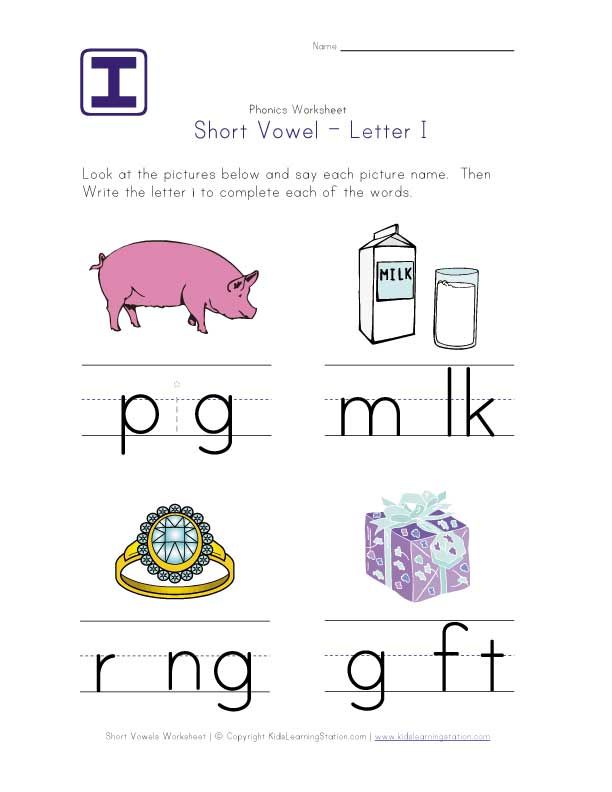
- Which square in the diagram will denote the sound [O]? (Red square) .
- What is the third sound in the word CAT? (Third sound [T]) .
- What is the sound [T]? (Sound [T] - consonant, hard, deaf) .
Which square on the diagram shall denote the sound [T]? (Blue box) .
- The sounds became friends. What happened? (CAT) .
- What letter will denote the sound [K]? (letter K) .
What letter shall we designate the sound [О]? (Letter O) .
What letter shall we designate the sound [T]? (Letter T) .
- Letters made friends. What happened? (CAT) .
It is important that the child learn what the sound of speech is, be able to differentiate sounds, divide words into sounds and syllables. Only then can he easily master the skill of reading.
Letters are the graphic symbol of sounds. Often we are faced with the fact that children are taught letter-by-letter reading, i. e. children, seeing a letter, pronounce its name, and not the sound: pe, re. The result is "keote" instead of "cat" . Children have difficulty understanding the rules for voicing letters and letter combinations. This creates additional difficulties in teaching children to read.
In the method of teaching reading in kindergarten, it provides for the naming of letters according to their sound designations: p, b, k .... This makes it much easier for children to master the skill of reading. In order for the child to better learn the graphic appearance of the letter and for the prevention of dysgraphia at school (dysgraphia is a violation of writing) recommend the following tasks :
- "What does the letter look like?"
- In a row of letters, circle the given letter.
- Laying out letters from counting sticks, from a string on velvet paper,
to mold from plasticine, etc.
- Circle the letter in dots, shade the letter, add the letter.
DIDACTIC GAMES WITH CHILDREN FOR THE FORMATION OF SOUND ANALYSIS AND SYNTHESIS
1. "Clap your hands" - invite the child to clap his hands when he hears a word with a given sound.
2. "Identify the first sound in a word" - this game will teach children to hear, distinguish and identify the first sound in a single word.
3. Game - competition "Who will come up with the most words" with a given sound, or ask the child to find objects in the room (on the street, in the park, etc.) whose names contain one or another sound.
4 "Beginning, middle, end": an adult pronounces words with a certain sound (for example, C), and the child determines its position in the word.
5. "Catch the last sound in your palm." Ask the child to slowly pronounce the word and pronounce the last sound, emphasizing in a voice, into the palm of your hand. “What sound did you catch in your palm?”
6. The game "The neck hurts." Say the whole word with your lips without sound, only the last sound aloud.
7. "Chain of words": each next word must begin with the last sound of the previous word.
8. "Collect the word": an adult pronounces a word by sounds, for example, D, O, M, and the child must guess what word it is.
9. While in the store, invite your child to choose from a variety of products only those in the names of which have a given sound.
10. Ball game "Finish the word" - adding the missing sound by the child, for example: BALL - SCARF, CAT - CATS.
11* Spread the word
An adult pronounces a syllable (word), and children, after preliminary analysis or without it, lay out a syllable (word) scheme from chips on a table, magnetic board or refrigerator door.
Sample syllables and words for sound analysis:
- Words from two sounds: UM, US, AH, OH.
- Words from three sounds: POPPY, HOUSE, WILLOW, BULL, DOWN.
- Words of four sounds: MOM, VASE, STORK, GESE, DUCK, UMBRELLA, BRIDGE, TANK.
- Five-sound words: BAG, CAT, LEMON, SOCKS, BANANA, JAR. Etc.
A preschooler entering school must have the following knowledge and skills to successfully learn to read:
- Know that speech consists of sentences, sentences of words, words of syllables, syllables of sounds;
- Be able to distinguish a letter from a sound;
- Be able to distinguish sounds in words;
- Be able to determine the place of sound in a word;
- Be able to select words with a given sound.
In conclusion, I would like to note that the sound-letter analysis of words is necessary not only for teaching reading, but also for literate writing. It serves as the basis for the phonetic analysis of the word, which children perform in Russian language lessons throughout their education in secondary school and which is included in the Unified State Examination.
Successful education of a child in school can be carried out on the basis of a certain level of preschool readiness, which involves the formation of physical, mental and moral qualities in children, general psychological and special training. Schooling requires a sufficiently high level of general development of the child, the presence of appropriate motives for learning, mental activity, curiosity, sufficient arbitrariness, controllability of behavior, etc.
Remember, dear parents, it is in your power to help your child overcome the difficulties associated with speech disorders. By developing the skills of sound analysis and synthesis at home, you will certainly help your child in further successful studies at school!
A cycle of abstracts of speech therapy classes on teaching literacy for children of the senior and preparatory group "Iotated vowels" | Lesson notes, OOD
Topic: Vowels and consonants. Syllable.
Purpose: Strengthening the differentiation of vowels and consonants. Introduction to the concept of syllable.
Tasks: Review the topic “vowels and consonants”. Learn to hear consonants in words. Learn how to chart a word.
Equipment: Zvukograd panel with castles with blue and red turrets. Red and blue cards.
Organizational moment.
Hanging out the panel "Zvukovograd City"
Speech therapist:
- These are residents singing
These are residents buzzing
and knocking ringing
Living in the city for a long time.
- Who is this?
Children: - These are speech sounds.
Speech therapist: - What are the sounds of speech?
Children: - Vowels and consonants!
Speech therapist: - That's right! The topic of our lesson is vowels and consonants. And we will also learn what a syllable is.
Lesson progress.
Let's remember what sounds are vowels?
Children: - These are speech sounds that meet no obstacles. They sing.
Speech therapist: - That's right! What about consonants?
Children: - These are the sounds of speech meeting barriers. They don't sing.
Speech therapist: Excellent, guys! Let's dance!
Physical education session “Round dance”
In the clearing of Zvukovograd
People gather
Children sing merrily
Dance together!
(walking in a circle holding hands, on the last word the lines stop and stomp the word, clap their hands, tilt their heads to the right and left and blink their eyes for each syllable)
Good. Well done boys.
Do you know what we were doing now? We divided words into syllables! Now I will tell you a secret!
A syllable is a song of vowel and consonant sounds that has no meaning yet! Listen:
SO, PA, DO, NO, VA
These are the songs that came out when the people of the blue-roofed castle came to visit the people of the red-roofed castle. Or consonants came to vowels.
Let's guess the SO song?
Children: this is a song of sounds C and O
The same with PA, DU, NO, VA
Speech therapist:
- Let's see how our residents of sound city are doing there? (Panel with castles with blue and red turrets)
We are invited to play with you. And the game is called "Catch the ka - guess the ka!" In this game you need to catch the sounds in the given words.
First word SOUND!
(Children help identify vowels and consonants in words. Make up word schemes from red and blue rectangles.)
- And now the word PEOPLE
- The word KHOROVOD
Speech therapist: - Look, guys, we just made diagrams for words, and if we look more closely, we will see that words consist of syllables!
HOUSE
KA-SHA -
KO-RO-NA.
Speech therapist: - Every time we open our mouth, we remove barriers and pronounce vowel sounds. It turns out that how many vowels in a word - so many syllables! Get your fingers ready and count how many times we open our mouths while saying THESE words?
Try to come up with a word that has only 1 syllable ?
Children: SOK, MOUTH, CAT, COM.
Speech therapist: - Well done!
Game Whose word is longer? (children come up with words and break them into syllables by clapping or counting or laying counting material in front of them. The one whose word is longer prompts)
Great, guys! The guys from Zvuograd were happy to play with us, but it's time for them to go home. Goodbye!
Lesson 2.
Subject: Introduction to the soft sign. Soft consonants.
Purpose of : Acquaintance with the soft sign and soft consonants.
Tasks : Review the topic “vowels and consonants”. Introduce children to the soft sign. Introduce the concept of "soft consonants", learn to hear soft consonants at the end of a word.
Equipment : sheet of paper, blue and yellow gouache, brush, Zvukograd panel with locks with blue and red turrets. Yellow house and green castle separately.
Organizational moment . (It is necessary to introduce children to the magic of mixing colors and getting green.)
Guys, today all our lesson will be connected with magic.
Children draw a blue stripe on a sheet of paper and draw a yellow one under it in such a way that the colors mix. Get green color.
Speech therapist: - Who knows what magic happened just now?
Children: - We mixed paints and got a different color. Green.
Speech therapist: Indeed, we have mixed colors. And now we will get acquainted with the mixing of sounds!
Theme of the lesson - Soft sign. Soft consonants.
Lesson progress.
Speech therapist:
Zvuograd in Zvuograd
All guests are very welcome!
Vowels, consonants
Blue and red -
Met a soft sign,
He became consonant like a brother!
Vowels began to interfere everywhere,
Is it possible to kick me out?
Guys, here, listen to what happened: LAPA, OSJEN, SADIK - THE WORDS ALL BECAME UNRECOGNIZABLE!!! What do you think happened to them? What words did the Zvukovogradites try to say?
Children: words are mispronounced!
Speech therapist: - Yes, that's right. A soft sign appeared in the words from somewhere. A soft sign is a letter that is written but not heard, but only adds softness to the consonant sounds in front. And everything happened because a new resident b came to the city. He wears a yellow shirt and all consonants that stand in front of him become soft.
(the scheme is hung on the stand, as well as the letter B is blue and b is yellow.)
Guys, look, if we put a soft sign after B, what will happen? What color will the sound be?
Children: - It will turn out B` green.
Speech therapist: Right! And so it will be with all consonant sounds! (WE ADD A SOFT SIGN TO THE TABLE WITH CONSONANTS, THE CHILDREN SHOULD VOICE WHAT IT HAPPENED, WE PAY ATTENTION OF THE CHILDREN TO THE THAT BLUE MIXES WITH YELLOW AND IT TURNS GREEN, OPPOSITE TO THE SOLID CONSONANT IN THE WINDOW, WE PLACE THE ZLEGKY0007
Children: pronounce hard and soft sounds.
Speech therapist: You see how great everything turns out! All consonants gladly made friends with a soft sign! They settled him in a small house with a yellow roof. (Hangs up a small house)
-But what a trick, some sounds in blue shirts did not want to be friends with a soft sign.
(Brings a soft sign to the sounds Ш,Ж, Ц. Children try to pronounce them softly.)
Speech therapist: - Guys, these are sounds that are always, always hard! Remember them! If they are agreeable and firm, what color shirts will they wear?
Children: Blue!
(Speech therapist Shows letters in the table (inhabitants of the castle with blue turrets in blue shirts))
- And some were so offended by them that they remained soft forever! (We try to pronounce the sounds CH and Щ with and without a soft sign)
Children: It doesn't work!
Speech therapist: What will these sounds be like then?
Children: - Always soft consonants in green shirts!
Speech therapist: - And they will always live in a green castle!
Fizkultminutka "Round dance"
In the clearing of Zvukovograd
People gather
The guys sing merrily
They dance together!
(they walk in a circle holding hands, at the last word the lines stop and stomp the word, clap their hands, tilt their heads to the right and left and blink their eyes to each syllable)
Speech therapist:
- Our townspeople started a game again and got confused! Let's help them!
Blue, red and green chips are scattered on the clearing (panel with locks). And a picture with ELK, SALT, BONE.
Figure 1 LOS
Figure 2 Salt
Figure 3 Bone
Speech therapist:
Game is called "Sounds of custody, word compile!"
(Children MAKE A CHART OF WORDS, identifying vowels and consonants. They make a letter chart of a word from red and blue rectangles. Answer the questions of a speech therapist: we hear the sound C at the end soft. But this sound can also be hard? made me become soft?0007
- C blue, soft sign yellow, so we get the sound in which shirt? That's right, green! Children put a green chip at the end of the scheme)
Do the same with other words.
Speech therapist:
- Now let's count how many letters are in the words that we made up? And how many sounds? Think, can we pronounce a soft sign separately from all sounds?
Children: - No!
(letters count and compare with sound patterns - compare)
Speech therapist: Why do you think we have more letters than sounds?
Children: - because there are letters that do not have sounds!
Speech therapist: - That's right, letters that do not have sounds are mixed in speech with sounding letters and mixed sounds are obtained. We have soft consonants that have settled in a green castle next to the house of a soft sign!
The game “Clap if you hear”
Speech therapist pronounces sounds: le, n, vy, d, t, s, p, m, f, h. Children clap, discuss mistakes.
Children are asked to draw the rules:
| w, w and z always hard, |
| h and w always soft, |
| consonants can be hard and soft. |
Great guys! The guys from Zvuograd were happy to play with us, but it's time for them to go home. Goodbye!
Lesson 3.
Topic: Ionic sounds.
Purpose:
To introduce children to vowels that have two sounds
Tasks:
-syllabic analysis and synthesis.
2. Correctional and developmental:
develop articulatory motor skills,
develop fine and general motor skills,
develop phonemic awareness,
develop coherent speech.
3. Educational:
to develop the ability to listen to a teacher, follow instructions,
Vocabulary:
a pack of tea, yogurt, iodine.
Equipment: Large symbols of sounds, letters, board, panel, pack of tea, yogurt, iodine, pictures for words.
Lesson plan:
Lesson progress:
| Stage
| Contents | |
| Teacher's words | Suggested answers and activities of children | |
| I
| Organizational moment. Guys, in our city of Zvukovograd today is a special day - the day of guests. Our city loves to welcome guests, so what is it like? Residents of the city like to be friends, so what are they like?
Finger gymnastics "Fingers say hello"
Hello big brother hello index Hello big brother hello brother middle Hello big brother Hello nameless Hello big brother Hello little finger! M. |
Hospitable!
Friendly!
Perform alternately opposite movements of the right and left hand in accordance with the names of the fingers
|
| II | Main body.
To make sounds distinct Let's do gymnastics first!
Articulation gymnastics. 1. "Smile" - stretch lips in a smile 2. "Tube" - stretch lips forward
Tongue exercises: 1. "Swing" - the tip of the tongue rises to the nose, goes down to the chin 2. "Nuts" - the tip of the tongue pulls the right cheek, left 3. "Brushing teeth" - circular movements of the tongue (slides on the outside of the teeth) 4. palate from upper incisors to neck and back 5. Punish the naughty tongue 6. "Horse" - click the tip of the tongue
And so, in the glorious city of Zvukovograd, we have already met some residents. What are these sounds?
What are these sounds called?
What does vowels mean?
What kind of shirts did the tailor put on them? What color castle did the builder build for them? |
Perform articulation exercises
A O U Y E I
vowel sounds
This means the voice does not encounter obstacles and the sound flows freely
Red!
|
|
| Today to visit the sound And the twin brother arrived. Say it all Y Does the voice encounter a barrier?
So what is he like?
Yes, indeed, it is consonant, soft, sonorous. So in what castle is brother Y's place?
I agree, but if we immediately put the brother in the blue castle, then he will not communicate with his sister at all. Is that hospitable?
Our tailor puzzled for a long time about what kind of suit to sew for a guest to make him feel at home. After all, the guest is not even a vowel at all, which means that a red suit will not suit him. If he agrees, then he will have to live in a blue castle and not communicate with his sister.
He thought and thought... and decided to sew Y a yellow shirt. And so that the sister is not offended, so is she too! It turned out to be a real family - brother and sister were able to live together. They settled in a house with a yellow roof according to the color of their shirts, along with a soft sign!
Catch the Sound Game We catch the sound Y among other sounds: A, I, Y, P, E, F, S, U, D, Y, O. We catch the sound Y in syllables: OT, AY, LA, YM, ET, HO, HE, OH, OH. We catch the sound Y in words: Tricky, YOD, hit, fur, YOGHURT.
They went to get acquainted with the inhabitants of Zvuograd. First of all, we went to the house to A. A hugged Y and it turned out such a song YA! And instead of hugging, an orange shadow appeared Y. (color trick - red yellow = orange) And so we got acquainted with all the vowel sounds. But then Y became sad. He did not want to let go of such a cheerful company and he invited them to settle nearby. We got new inhabitants of the sound city in orange shirts and built a castle with orange turrets for them.
Well done! We take our seats. So, let's remember the rule about letters and sounds.
VERSE PRO "Y"
SOUND BROTHER AND ONLY HE CONSENT YOGHURT, IODINE WITH SOUND Y HEAR GOOD EVEN IN THE WORD A SEAGULL WE IN THE MIDDLE HEAR Y! M.
A picture with the letter Y and its features is posted on the board, the spelling is specified, the number of elements is Guys, circle the letter in the airIt's called Y short
Remember, children, these letters are not called sounds, because they consist of two sounds - Y and a vowel.
Mix yellow and red paints on a piece of paper. We get orange. - Guys, here we have determined the color for the shirts of our newly minted residents of Zvukovograd. Let's settle them in a castle with orange turrets.
Logo exercise
Doo-doo-doo trumpet blows He orders everyone to get on their feet nod your head Raise your hands higher Left stomp Right stomp Clap your hands four times Bow down to your neighbor Inhale - stretch your arms above Exhale - put your hands down Sit down, relax!
M.
Guys, look, Zvukovograd is indeed a hospitable city - its inhabitants gave us presents. What is this?
How many sounds do we hear in the word Chai? Let's chart
What is the first sound? What is the second sound? What is the third sound?
How many consonants are in the word Chai? How many vowels do we hear? How many syllables are there in the word Chai? Why?
Clap the word Yoghurt. What is the first syllable? What is he? What is the second syllable?
On the panel of Zvukovograd, a scheme of the word is laid out in blue, green, yellow and red squares
Does the sound Y somehow affect neighboring sounds in these words? Does he soften them?
Now let's write the letters that correspond to these sounds
First sound Y, Second sound Oh, Third sound Г, Fourth sound U Fifth R Sixth T. How many vowels and consonants are there in a word?
How many syllables?
Well done! Worked hard for glory! The townspeople were happy to play with you! Thanks to all! |
Encounters an obstacle - in the throat So he is the Consonant! Soft! Ringing!
In blue!
Inhospitable!
Children repeat - YA!
YO, YO, YE!
We hear and pronounce sounds, but we write and read letters
Circle, repeat the name
Enter orange letters in the cells on the panel with letters I,Yo,Yu,E.
Perform movements on the text
tea, yogurt, iodine.
Three sounds
CHART TEA
Soft consonant, vowel, J.
2 1 1 because the word tea has one vowel
Clap, check. Yo Edge
CHART
No effect, no mitigation
The letters are laid out below
4 consonants YG R T. 2 vowels O, U. First syllable YO Second syllable GURT 2 syllables because we know rule: how many vowels in a word sounds, so many syllables.
|
| III | Summing up session . What sounds did we remember today? How are they similar? How are they different?
| We remembered the sounds Y and Y Sounds have a similar spelling - the letter Y consonant and sonorous and always soft - walks in a yellow shirt. And the vowel wears a yellow shirt I,E,YO,YU ARE NOT SOUNDS |
Lesson 4.
Emollient.
Purpose:
To fix the topic of vowels having two sounds
Tasks:
0007
teach to differentiate studied sounds according to acoustic characteristics,
teach clear articulation of studied sounds,
continue to teach sound-syllabic analysis and synthesis.
2. Correction-developing:
to develop articulatory motor skills,
to develop fine and general motor skills,
to develop phonemic hearing,
to develop coherent speech.
3. Educational:
to develop the ability to listen to the teacher, follow instructions,
Vocabulary:
pack of tea, yogurt, iodine
Equipment: symbols of sounds, letters, board, panel, pack of tea, yogurt, iodine.
Class progress:
| Stage
| Contents | |
| Teacher's words | Suggested answers and activities of children | |
| I
| Organizational moment. Guys, in our city of Zvukovograd today is a special day - the day of guests. Our city loves to welcome guests, so what is it like? Residents of the city like to be friends, so what are they like?
Finger gymnastics "Fingers say hello"
Hello big brother hello index Hello big brother hello brother middle Hello big brother Hello nameless Hello big brother Hello little finger! M. Aksenova |
Hospitable!
Friendly!
Perform alternately opposite movements of the right and left hand in accordance with the names of the fingers
|
| II | Main body.
To make sounds distinct Let's do gymnastics first!
Articulation gymnastics. 1. "Smile" - stretch lips in a smile 2. "Tube" - stretch lips forward
Tongue exercises: 1. "Swing" - the tip of the tongue rises to the nose, goes down to the chin 2. "Nuts" - the tip of the tongue pulls the right cheek, left 3. "Brushing teeth" - circular movements of the tongue (slides on the outside of the teeth) 4. "Malyar" - the tip of the tongue slides over palate from the upper incisors to the neck and back 5. Punish the naughty tongue 6. "Horse" - click the tip of the tongue
And so, in the glorious city of Zvukovograd, we have already met some residents. Let's remember.
What are these sounds called?
What does soft consonants mean?
Correct. What kind of shirts did the tailor put on them? What color castle did the builder build for them?
That's right. |
Perform articulation exercises
A O U Y E I Yotized sounds Hard and soft consonants
This means that after the consonant in the word there is a soft sign
Green!
|
|
| So, Y and Y settled in a yellow house with a soft sign not by chance. They all wear yellow shirts.
And if you mix yellow with blue, what color do you get?
Can you name the inhabitants of the sound city who are not sounds?
Why aren't they sounds?
And what sounds do they consist of?
Sound Y wears which shirt? What about the second sounds in these letters? Let's make a sound scheme?
Now, if the letters I, Yo, Yu, E begin to meet with hard consonants, what do you think will happen?
Let's try to make a diagram for the word
HONEY using previous
So, and the yellow rectangle is after the blue one, so what should the first rectangle look like? Yes, but what about red?
So let's make a new scheme.
Look, our Y is gone. Why do you think? That's right, that is, where the yellow Y and blue M embraced, a green shadow formed.
Catch the Sound Game We catch the sound M among other sounds: A, I, Y, M, E, F, M, U, M, Y, O. We catch the sound M in syllables: FROM, AY, MA, YM, ET, HO, ME, OH, OH. We catch the sound M in words: ICE, FASHION, HONEY
Well done!
Logo exercise
Doo-doo-doo trumpet blows He orders everyone to get on their feet nod your head Raise your hands higher Left stomp Right stomp Clap your hands four times Bow down to your neighbor Inhale - stretch your arms higher Exhale - put your hands down Sit down, relax!
M. Aksenova
Well done! |
Green
I,Yo,Yu,E
Because these are letters in which two sounds live - Y and a vowel, which needed to hide from the chase. YA,YO,YU,YE
yellow red make up
They will become syllables and words
Make up
Green
And red stands for a vowel, so it stays red.
Because he made the M sound soft.
Children playing while standing
|
| III | Summing up session . What sounds did we remember today?
How are they similar?
How are they different?
| We were talking about letters representing two sounds. |



